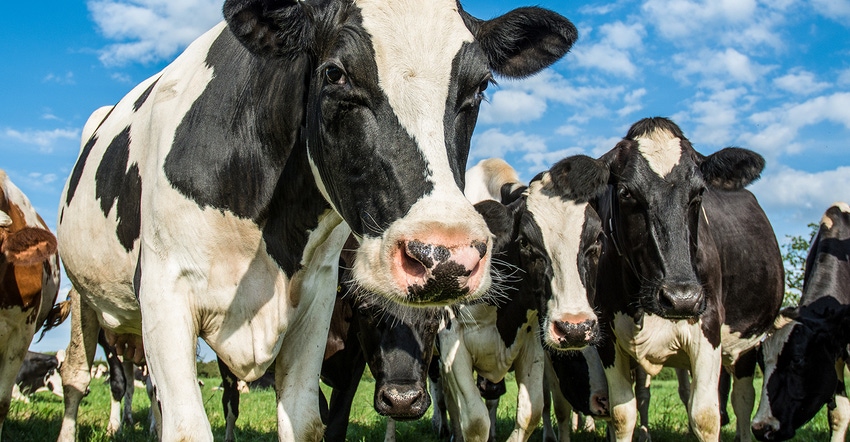
It appears dairy prices may have overreacted in late June and July to retaliatory tariffs to be implemented in mid-July by Mexico, China and Canada. Butter and cheese prices fell, lowering the Class III price from $15.21 in June to $14.10 in July, according to Bob Cropp, University of Wisconsin Extension dairy economist. But prices recovered some in August.
Butter averaged $2.23 per pound in July and reached a high of $2.38 in mid-August, but by Aug. 22 fell back to $2.25. Barrel cheese has shown the biggest improvement. Barrels averaged $1.37 per pound in July, reached a high of $1.68 by mid-August, and dipped a bit to $1.64 by Aug. 22. The 40-pound block price averaged $1.53 per pound in July, reached a high of 1.66 by mid-August, and by the last week of August was $1.61. Nonfat dry milk, which averaged 77 cents per pound in July, has shown strength all of August and is now 86 cents.
“The August Class III price should improve to around $15,” Cropp predicts.
The latest stocks report was for June 30 and showed more than ample stocks. Butter and American cheese stocks did decline from May to June, with butter stocks still 8.5% higher than a year ago while American cheese stocks were 0.9% lower. However, stocks of other cheese types grew from May to June and were 16% higher than a year ago, bringing total cheese stocks 5.8% higher. Dry whey stocks also grew from May to June but were still 13.1% lower than a year ago. Nonfat dry milk stocks also grew from May to June and were 1.4% higher than a year ago.
Milk consumption declines
The latest report for milk and dairy product sales is from June. Fluid (beverage) milk sales continue their downward trend. Compared to a year ago, conventional milk sales were 4.2% lower and organic milk sales were down 3.1%, lowering total beverage milk sales 4.1%. The commercial disappearance of butter was 3.8% higher, but cheese sales were just 1% higher.
June dairy exports continued to grow. Compared to a year ago, exports were up 24% for nonfat dry milk-skim milk powder, 12% for cheese, 9% for butterfat, 7% for total whey products and 16% for lactose.
“On a total solids basis, dairy exports were equivalent to 16.4% of milk production,” Cropp says.
The major factor for improved dairy product prices and milk prices is milk production, he adds.
“Compared to a year ago, July milk production was up just 0.4%,” he says. “Milk cow numbers fell by 8,000 head from June to bring July numbers also 8,000 head below a year ago. Milk per cow was just 0.5% higher than a year ago.”
July milk cow numbers and milk production are lower than a year ago for several dairy states. July milk production was down 2.5% in California, 0.8% in New Mexico, 0.9% in Michigan, 0.7% in Pennsylvania, 0.2% in Minnesota and 5.9% in Florida. Milk production was up just 0.8% in Idaho, 0.6% in New York, 1.8% in Iowa and 1.2% in Wisconsin. Relatively strong increases occurred in South Dakota, at 3.6%, 5.4% in Utah, 7.3% in Texas, 7.6% in Kansas and 8.9% in Colorado.
Milk prices for the remainder of the year are rather uncertain, Cropp says.
“Class III prices could improve to the high $15s and even touch $16,” he says. “Milk cow numbers could fall further, with milk per cow improving some with cooler weather by October. Thus, the growth in milk production could stay at 1% or less, which would be positive for prices.”
Dairy exports have been a positive factor for milk prices, Cropp notes, “but the uncertainty is how exports will do for the remainder of the year, since retaliatory tariffs are now in effect. The European Union is the leading dairy exporter, but the EU is experiencing some severe drought conditions, which have reduced crop production and raised feed prices. New Zealand, the second-largest exporter, may see some recovery in milk production, but that’s now only projected to be about 2%. So, the growth in world milk production is likely to be lower, resulting in world milk prices staying relatively strong, which is positive for exports. Milk price forecasts will change as more information on milk production and dairy exports becomes available.”
About the Author(s)
You May Also Like






